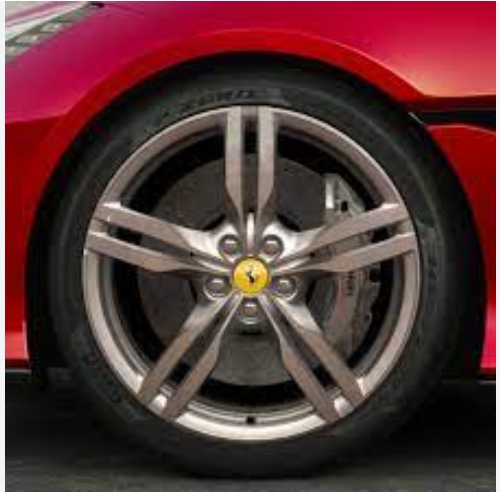When does a car need to be dynamically balanced
When does a car need to be dynamically balanced?
(1) Dynamic balance: The wheel of a car is a whole composed of tires and wheel hubs. When the car wheels rotate at high speed, a dynamic imbalance will be formed, causing the wheels to shake and the steering wheel to vibrate while the vehicle is driving. In order to avoid To eliminate this phenomenon or to eliminate the phenomenon that has already occurred, it is necessary to make the wheel correct the balance of each edge part of the wheel by increasing the weight under dynamic conditions. This correction process is what people often call dynamic balancing, also known as dynamic balancing. It is commonly referred to as adding a balance weight. Dynamic balancing can ensure that the tires can drive smoothly and prevent vibration, making the car more stable and safer to drive at high speeds.
(2) Situations that require dynamic balancing:
1. After replacing new tires or repairing a collision accident;
2. The front and rear tires are worn on one side;
3. The steering wheel is too heavy or floats and shakes when driving;
4. The car deviates to the left or right when driving straight;
5. If there is no above situation, but as a routine maintenance, it is recommended that the new car be driven for 3 months and then once every six months or 10,000 kilometers;
(3) Dynamic balancing is to correct the balance of the wheel configuration and add different counterweights at different positions, so that the car tires are in concentric motion, making the car more stable and safer to drive at high speeds.
* Dynamic balancing needs to be done as long as the tire is "moved". After dynamic balancing is completed, it has the following advantages:
1. Enhance driving comfort;
2. Reduce gasoline consumption;
3. Increase tire service life;
4. Ensure the straight-running stability of the vehicle;
5. Reduce the wear of chassis suspension accessories;
6. Enhance driving safety;
Previous: How to maintain car wheels
Next: car maintenance
























